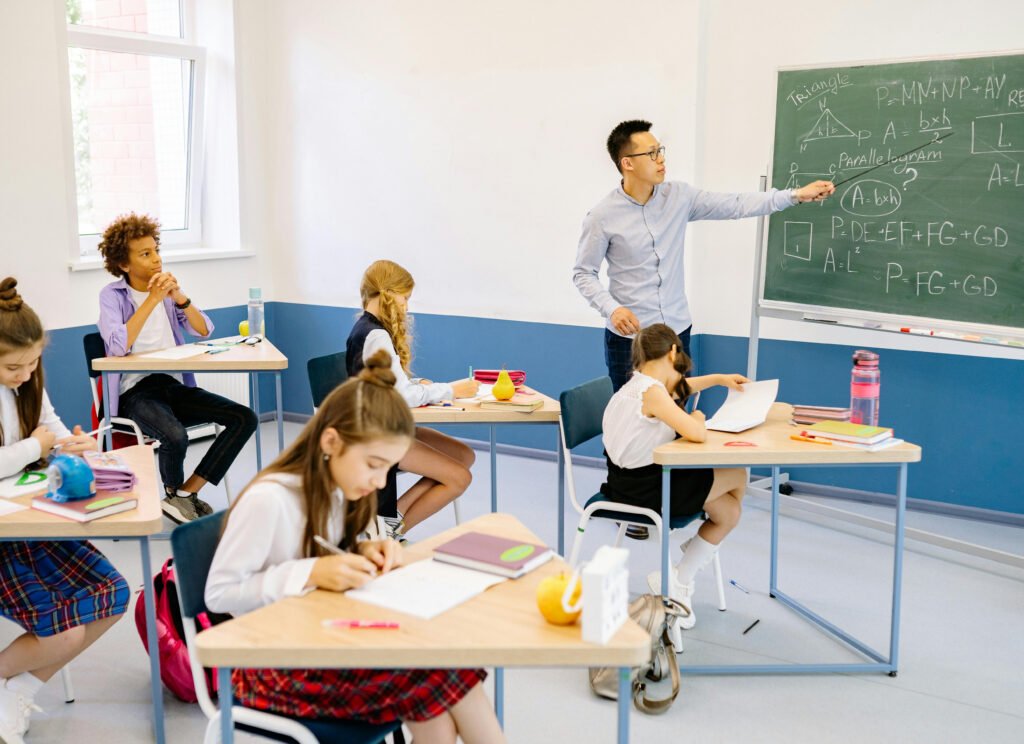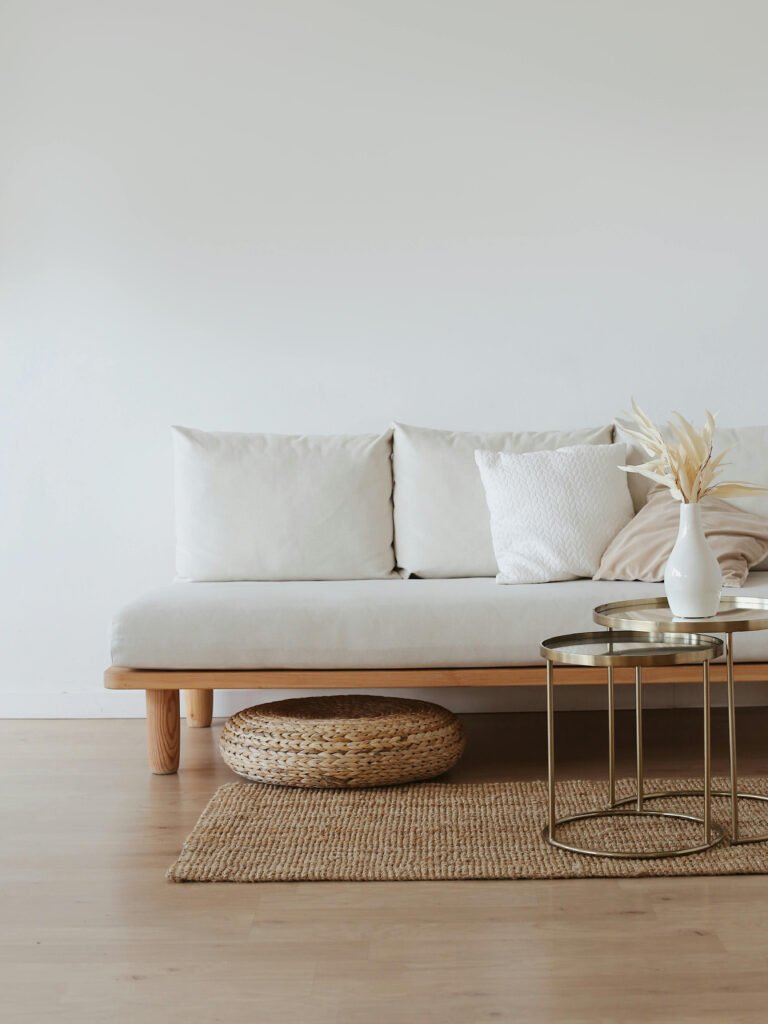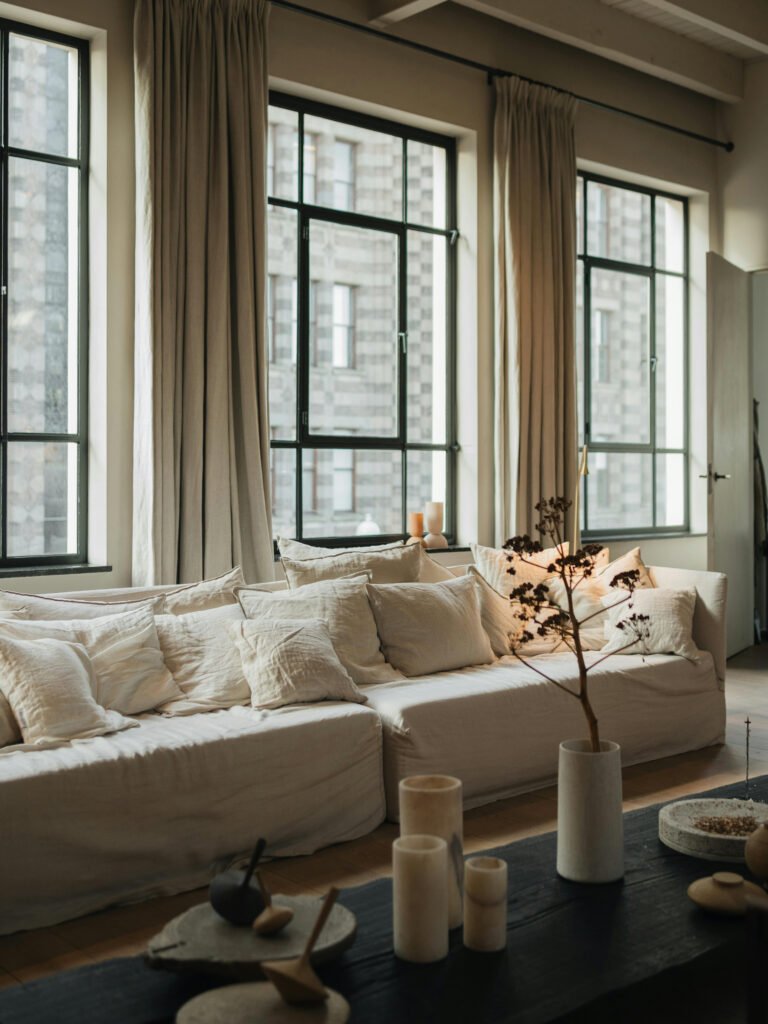Flexible classroom design: Creating a learning environment where students thrive
Learning Space Design | Explore the vital connection between student well-being and classroom design, highlighting how flexible, inclusive spaces can nurture both learning and mental health.

What exactly is wellbeing?
It’s helpful to look at academic descriptions that help with improved teaching and learning. We’ve done lots of research and one interesting description we came across was from Cambridge Assessment International Education (2011), where wellbeing was compared to happiness. Unlike happiness, which is a fleeting emotion, wellbeing is more enduring. Their exact definition of wellbeing was a “state of overall mental and physical health, strength, resilience, and fitness to function”.
Happiness affects academic performance and student motivation
Student wellbeing has a big impact on academic performance, engagement, attendance, and quality of relationships. Several influences impact wellbeing such as stress, burnout, depression, and other mental health conditions, as well as physical disabilities. It helps to identify what your students’ pain points are as well as their capacity for attention and self-regulation. Staying aware, and being conscious, of these things can help you support your students.
What can we do?
We’ve always worked with educators, psychologists, and specialists to better understand the practical steps that foster student wellbeing in the classroom. These are some of the key learnings we’ve found that really make a difference with wellbeing and happy learning, as well as some Furnware furniture recommendations to see how we bring it to life.
Mood and lighting: Natural light, color, and natural elements such as plants can create a calming atmosphere and promote overall well-being. Color has been shown to influence mood, behavior, and learning, and remains an effective way to stimulate specific behaviors in all areas of the classroom.
Comfortable and Ergonomic Furniture: Chairs and desks should be sized correctly and designed to support proper posture and reduce discomfort. To check your furniture is sized correctly, see our Furniture Size Guide.
Flexible options: Introducing furniture of varying heights is a good place to start. Consider outfitting your classroom with standing-height tables, kneeling tables, cookie mats, beanbag chairs or soft seating from our Basic range. Different learning layouts within the classroom can also help, such as providing breakout spaces, collaboration spaces, discussion areas and teacher-led zones for students.
Design for movement: Look for furniture that allows for movement, such as swivel chairs or rocking stools, to help students stay focused and comfortable. You can also get creative with fabric choices—would a patterned piece of fabric appeal to some students?
Accessibility and Inclusivity:Your classroom should be accessible to all students, including those with physical disabilities. Consider furniture and arrangements that accommodate different mobility needs, making everyone feel included and valued. Some students may have sensory sensitivities, so it’s important to create an environment that’s not overwhelming. Soft textures, adjustable lighting, and sensory-friendly spaces can really help.
Students face enough challenges outside of the classroom. When they feel physically and emotionally comfortable in their learning space, they’re better prepared to learn and grow. We’re committed to helping students be the best they can, through ergonomic, flexible, and engaging furniture. By working together with schools, we can help the next generation thrive in the most inspiring learning spaces imaginable.




